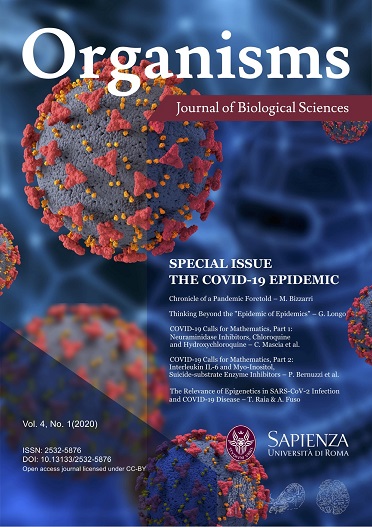Does Evolution Have a Target Morphology?
DOI:
https://doi.org/10.13133/2532-5876/16961Abstract
We suggest here that evolutionary and developmental processes differ primarily in scale. Both evolution and development are dynamical processes subject to bottom-up and top-down constraints, and both can be viewed as search processes in rugged landscapes with multiple attractors. An important aspect of regulative development and regeneration is the ability of the system to reach the same anatomical configuration from different starting points and despite perturbations – a robustness toward a specific “target morphology” as the set point of a homeostatic cycle. We propose that evolution can be viewed as a developmental process of life as a whole, and that principles of regulative development and regeneration can, therefore, be expected to be active at much larger spatio-temporal scales: the major evolutionary transitions, including endosymbiosis, multicellularity, and the emergence of social groups, can be regarded as features of a “target morphology” of organismal phylogeny that biological evolution can be expected to replicate starting from a wide range of initial states and under a wide range of environmental conditions. Each of these transitions, like anatomical homeostasis on the ontogenetic timescale, can be regarded as a solution to a single problem, the reduction of environmental uncertainty, as it is manifested at progressively larger scales.
Citation: Fields, C, Levin, M, 2020, “Does Evolution Have a Target Morphology?”, Organisms: Journal of Biological Sciences, vol. 4, no. 1, pp.57-76. DOI: 10.13133/2532-5876/16961.
Downloads
Published
How to Cite
Issue
Section
License
Copyright Agreement with Authors
Before publication, after the acceptance of the manuscript, authors have to sign a Publication Agreement with Organisms. The authors retain all rights to the original work without any restrictions.
License for Published Contents

You are free to copy, distribute and transmit the work, and to adapt the work. You must attribute the work in the manner specified by the author or licensor (but not in any way that suggests that they endorse you or your use of the work).





